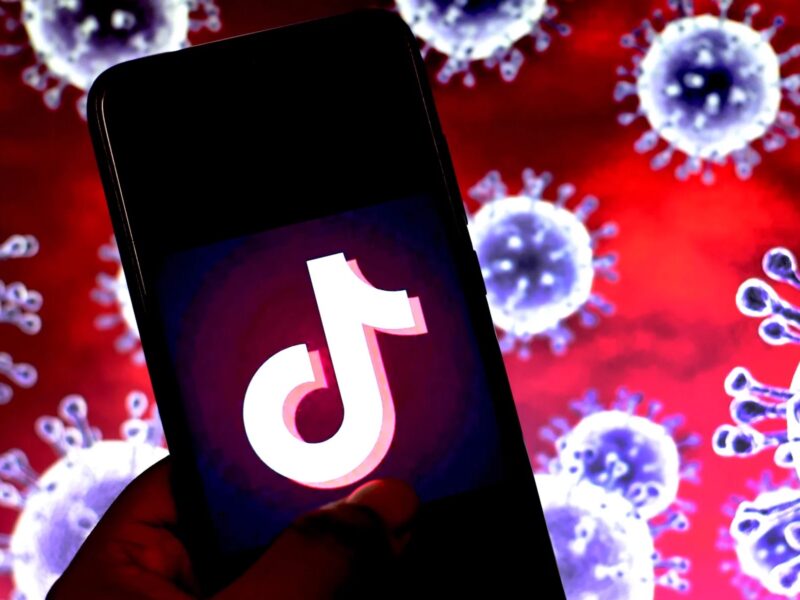
Latest numbers: How many people have the coronavirus vaccine?
We’re better than we were, but a far cry from where we want to be. We can see the light at the end of the tunnel, but that light is merely a tiny speck, barely visible. We’ve started to roll out the coronavirus vaccine, but it’s going to take a while for everyone to actually receive it.
Looking at the stats from the global vaccination campaigns can be hope-inducing or disheartening, depending on how you look at glasses of water. Half-full or half-empty? Should we celebrate that millions of people have received the coronavirus vaccine so far? Or should we despair because, at the current rate, it’ll take seven-and-a-half years for the global vaccination goals to be met?

Globally
The global vaccination rate currently averages 4,253,851 doses per day according to Bloomberg’s coronavirus vaccine tracker. That’s an awe-inspiring number of shots. Unfortunately, meeting the goal of having 75% of the world inoculated with a two-dose vaccine will take over seven years unless we pick up the pace.
That pace, by the way, is an average of 4.25 million shots a day. Picture all those jabs, non-stop – and it’s still not enough. The good news is there are new coronavirus vaccines by additional manufacturers coming down the line. More vaccines means more available shots, which will increase our vaccination rate.
Delivering coronavirus vaccines effectively is one of the greatest logistical challenges ever undertaken by the global community, but it all starts with vaccine availability.

Vaccines
Right now, there are seven coronavirus vaccines available in at least sixty-seven countries. You’ve probably heard of the most popular vaccines: Pfizer/BioNTech, Moderna, and AstraZeneca/Oxford. Those have been taking up most of the headlines, claiming above 90% efficacy and being featured in vaccination efforts from the U.S. & the UK.
China has its own array of vaccines. In June last year, the CanSino Biologics coronavirus vaccine got early approval for the Chinese military, only, but it’s still waiting for official efficacy results. Later in 2020, the Sinopharm vaccine was approved for general use with a 79% efficacy. Finally, while the Sinovac Biotech also received early approval last year, researchers in Brazil have recently revised its effectiveness from 78% to 50%.
Over in Russia, the Sputnik V coronavirus vaccine has actually morphed into the Gamaleya vaccine. The Russian government’s early claims of 91% effectiveness have been confirmed by February 2020. This is one of those instances where the world won’t mind that Putin was right.

In the wings
There are two more potential coronavirus vaccines being developed. The Novavax vaccine started trials in September last year and has early results of 89.3% efficacy – but no actual product has been brought to market yet. The Johnson & Johnson coronavirus vaccine also started trials last September and it’s sitting at 66% efficacy against moderate-to-severe infections.
When/if these two new vaccines join the fray in the future, they will certainly make a difference in the global outlook of our battle against COVID-19.

Individually
Not all countries report their vaccination data at the same time and with the same consistency, which makes it difficult to track vaccination progress accurately. However, there are numbers that stand out as we look at Bloomberg’s coronavirus vaccine tracker.
For one, Israel is killing it with their vaccination rate, with 57.02 doses administered per one hundred people. For comparison, the U.S. sits at 10.64 doses per one hundred people. At the same time, the U.S. can claim to be the country with the most doses administered overall: 34,993,201. It just happens to be a smaller dent in a country that’s bigger than most.
China is second in the number of doses administered, with 24 million. But it’s worth pointing out China & Russia started vaccinating people much earlier, before any of their vaccines had been fully tested. Russia’s reports aren’t particularly thorough, which is why current charts show the country as only having administered 800,000 doses when the number is probably much higher.

Perhaps the most important thing to point out is that, once you break away from the global averages, the picture improves for some countries and grows bleaker for others. On the bad end, you have countries that haven’t even started vaccination. On the opposite side, you have countries that might meet their vaccination goals within a year – not great, but certainly a lot better than seven years.
The United States is one of those countries. At its current rate of vaccination, the U.S. is projected to take eleven months to vaccinate 75% of its population. Dr. Anthony Fauci, the top infectious-disease oficial in the country (you know him!) has said that vaccinating 70% to 80% of the population would allow a return to normalcy. But can things really be normal if the pandemic still rages around the world?
—
All the information can be overwhelming, but we should be thankful that at least we have some data to go through. That said, what’s your response: elation or despair? Maybe it’s okay to experience both as we push forward to do better.







